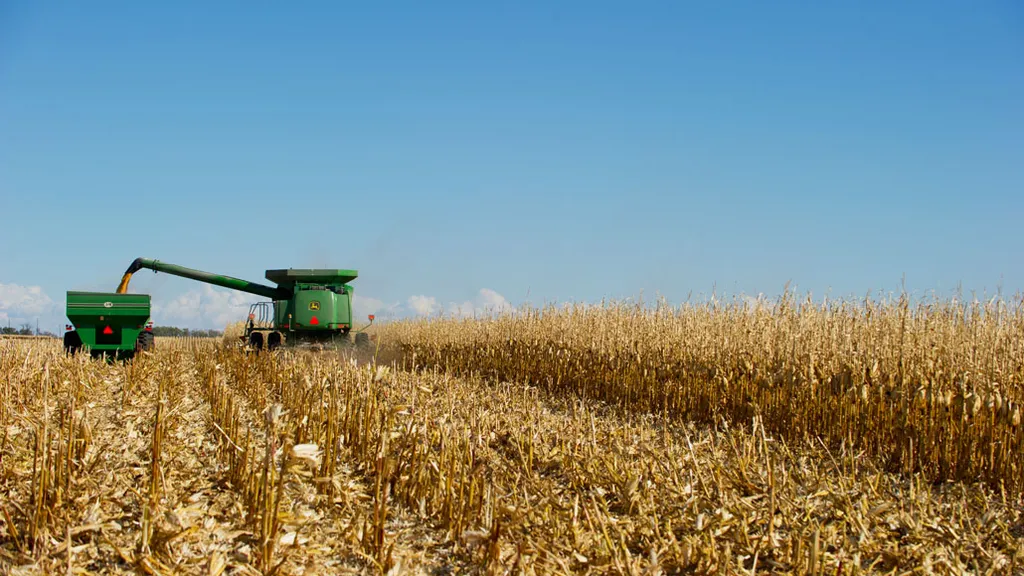In the quest for sustainable energy, tropical regions are emerging as treasure troves of microbial diversity, offering promising solutions for bioethanol production. A recent study published in *Mycobiology* has shed light on the untapped potential of non-conventional and thermotolerant yeasts, which could revolutionize the biofuel industry and bring significant benefits to the agriculture sector.
The study, led by Mochamad Nurcholis from the Department of Food Science and Biotechnology at Universitas Brawijaya in Indonesia, explores the unique characteristics of yeasts found in tropical countries like Indonesia, Thailand, Vietnam, and Laos. These yeasts, unlike the commonly used Saccharomyces cerevisiae, thrive in high temperatures, making them ideal for tropical climates.
“These thermotolerant yeasts offer multiple advantages,” Nurcholis explains. “They reduce the risk of contamination, lower cooling requirements, and decrease production costs. Moreover, they can utilize complex substrates, such as sucrose, starch, xylose, and even lignocellulose biomass.”
The ability of these yeasts to convert a wide range of substrates into ethanol is a game-changer for the bioethanol industry. It opens up new possibilities for utilizing agricultural waste and by-products, turning them into valuable biofuels. This not only addresses the issue of waste management but also creates an additional revenue stream for farmers and agricultural businesses.
But the potential of these tropical yeasts doesn’t stop at bioethanol production. They also show promise in the production of value-added aroma compounds, which are highly sought after in the food and beverage industry. This dual industrial potential makes these yeasts a hot commodity in the world of biotechnology.
The study highlights several key species, including Ogataea polymorpha, Candida tropicalis, Kluyveromyces marxianus, Pichia kudriavzevii, Meyerozyma caribbica, Pichia stipitis, and Spathaspora passalidarum. Each of these species brings its unique set of traits to the table, contributing to the rich diversity of tropical yeasts.
As we look to the future, the discovery and utilization of these non-conventional yeasts could shape the landscape of the biofuel industry. They offer a sustainable and efficient alternative to traditional bioethanol production methods, paving the way for a greener future. Moreover, their potential in aroma compound production could open up new avenues for the agriculture sector, creating a more integrated and sustainable agricultural system.
In the words of Nurcholis, “The diversity, physiological traits, and dual industrial potential of these thermotolerant and non-conventional yeasts make them promising candidates for second-generation bioethanol production and aroma compound production.” This research not only expands our understanding of tropical biodiversity but also highlights the immense potential of these often-overlooked microbial resources. As we continue to explore and harness this potential, we move one step closer to a more sustainable and efficient future.

